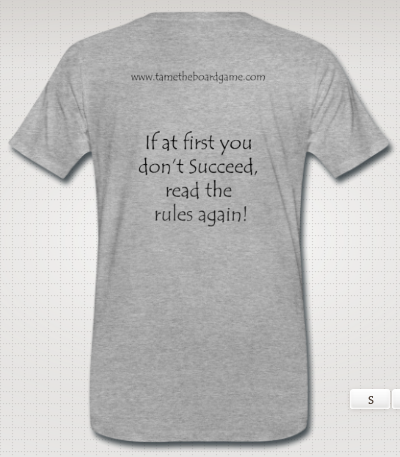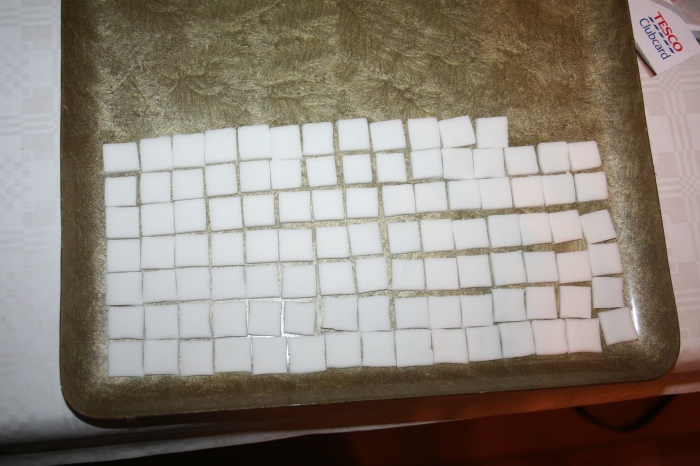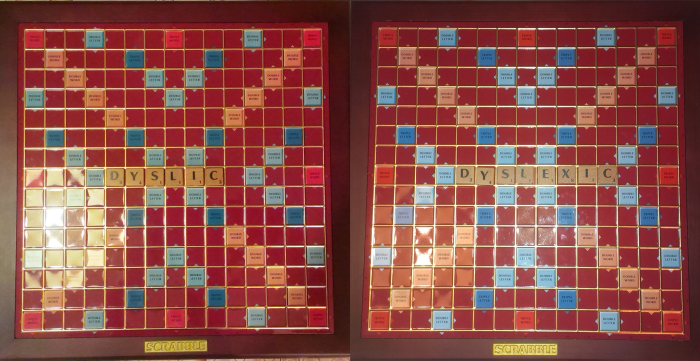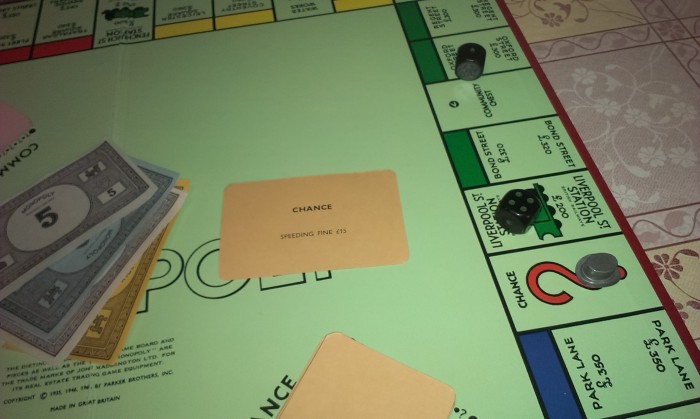Number of Players: 2
Year of Publication: 1967
Creator(s): Clifford Von Wickler
You Sunk My Battleship:
So to conclude classic games month we have Battleships… A game so iconic that they made a film out of it. A terrible, terrible film. Which is a shame, because the trailer made it look like it could have been quite good:
But if you haven’t seen it, really don’t! Any film starring Rihanna is probably going to be terrible and Taylor Kitsch doesn’t have the best track record either (although I maintain John Carter was nowhere near as bad as people said it was). Anyway I have already digressed severely, so to the point!

What’s In The Box:
Well we played this game the original way; which is on paper a bit like noughts and crosses (see the history section at the bottom for more info) and we played a newer version of the game that’s called Air Battle. So, for the paper one all you need is two pieces of paper, two pencils and a ruler/straight edge is handy, but not essential. But for Air Battle and most other variations of Battleships you will find these pieces (or similar).

- A box with two sides each with a grid on the divider and a grid on the bottom.
- Five (amount may vary) battleships or similar craft.
- A load of red pegs for marking hits
- A load of white pegs for marking misses.
Playing The Game:
Objective: To sink all the other persons battleships by guessing correct grid co-ordinates until you’ve hit and sunk all their ships before they can do the same to you.
The game starts by by both player secretly placing their ships on there grid so only they can see.

Each player then takes it in turns to guess the grid co-ordinates of the other persons ships; the other person must tell honestly if they have hit any of their ships. The player making the guess then records hits and misses on the grid that they have not placed their ships on so they can remember what they have and haven’t guessed. The other player also records where that player’s guessed if it’s a hit or a miss on the grid that they have placed there battleships on.

A player must announce when a ship is sunk and when all a players ships are sunk they’ve lost the game.

Strategy:
- TO CLUSTER OR NOT TO CLUSTER… That is the question. Sometimes it pays off to cluster all your ships together, because then when one ship is sunk your opponent thinks that’s it for that section of the board and goes to guessing some place else. However, once they catch on that this is what you’ve done they very soon defeat you.
- SEMI CLUSTER? – I find the best tactic is to put two of you ships together so it makes the shape of a one of the larger ships, that way at any point if you say sunk they think they’ve sunk a larger ship and stop bombing that area whilst really they’ve probably only sunk one of the two ships you put together.
- READ HER POKER FACE – As always it pays to know they way your opponent thinks.
- BE GOOD AT GAMES OF COMPLETE CHANCE – Because that’s really what this game comes down to.
History and Interesting Things:
- The original game was developed as a pen and paper game (which is why we played it on paper too) and was sold by multiple companies in the 1930s.
- It was released as a plastic board game by Milton Bradley in 1967.
- The game is thought to have originated from the French game L’Attaque.
- There is a Salvo variation to the rules that allows a player to call out 1 to 5 shots all at once to simulate the simultaneous discharge of guns.
- It was one of the earliest games to be produced as a computer game. A version of it was released on a Z80 Compucolor in 1979.
- That was then followed by Atari’s Battle Zone in the 1980s.
- In 2010 an ‘updated’ version of the game was released which use hexagonal tiles and had islands on the board, also players could only place ships in their half of the board.
- Hasbro Family Game Night for the PlayStation 2 and Wii, as well as the Xbox 360 included Battleships.
- There are many, many variations of the game, including different sized grids versions, multiplayer versions, versions with submarines, versions with aircraft (like the one we played) and version with many different shaped craft.
- There is a terrible film inspired by the game that came out in 2012… I know I’ve already mentioned it but if you doubt its terribleness watch this:
To Conclude:
Obviously Battleships is iconic; its also good fun to play and takes next to no skill so anyone can do it. However it’s just a game of guessing, so gets easily boring and you can quite legitimately be beaten by a child at it… And that might tend to make you angry.


































